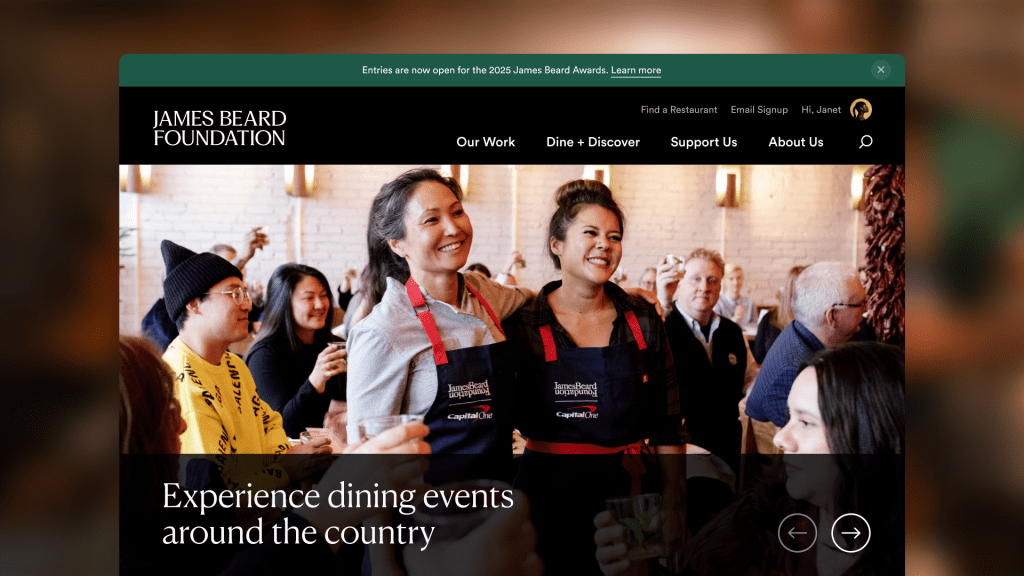Peter Jinfeng Pan, head of MediaGo
In the digital marketing world, advertisers should systematically assess each paid impression by considering the following five critical questions: Is this a real user? Will this user see the ad? What content does this user like? What is the user’s intention? How much value can this user bring?
These five questions form the backbone of the marketing funnel. If the answer is no or is uncertain, the advertiser should disregard that impression; otherwise, the investment is justified. However, while ad placement previously leveraged broad demographic data, the modern privacy-centric landscape has rendered these questions increasingly difficult to answer.
The key to addressing this challenge lies in shifting the focus from user data to optimizing ad experiences through deep learning.
Adopting an experience-centric approach refocuses ad placement on media, context, creatives and products — which inherently serve as signals rather than demographic data — making them key variables in optimizing advertising effectiveness. By training deep learning models on a vast array of signals, they can intelligently infer relationships between the input and output of data.
This means deep learning (DL) models can be relied on to address the five questions above in every impression auction. Records show that DL has evolved into a transformative technology, empowering advertisers to navigate complexity by analyzing vast datasets and identifying intricate patterns. This capability ensures unmatched precision and efficiency, even in an era increasingly shaped by privacy-first priorities.
Evolving from AI to machine learning to deep learning
Modern advertisers face countless media opportunities driven by diverse users with varied interests and intentions, akin to searching for the perfect match among countless screws and nuts in the ocean.
However, when confronted with that ocean challenge, traditional AI can only divide the ocean into regions, rely on human assistance to extract features and identify potential matches within each region.
DL, however, leverages deep neural networks trained on billions of data points, surpassing traditional AI and machine learning in computational capability. In just milliseconds, it can find the best match across the entire ocean, for example, offering unparalleled speed and precision in advertising.
Continue reading this article on digiday.com. Sign up for Digiday newsletters to get the latest on media, marketing and the future of TV.



